Architecture plays a significant role in shaping the educational experience for students. With this in mind, professionals in the field of education and architecture recently gathered at the Learning Environments Australasia (LEA) conference to explore the intersection of design and education, collaboration, and participate in site tours.
Originally planned for 2020, the LEA conference was postponed due to the COVID-19 pandemic. Christchurch was chosen for this conference because it experienced a significant earthquake in 2011 that led to the rebuilding of numerous schools in the area. This concentration of new schools provided an ideal backdrop for showcasing innovative approaches to school design.
Several key takeaways emerged from the conference. One essential aspect highlighted was the importance of listening in the design process. Understanding the needs and desires of educators, students, whānau, iwi, and communities is crucial in creating effective learning spaces. Moreover, the conference emphasised the significance of ongoing conversations surrounding inclusion and how education facilities can better serve the entire population.
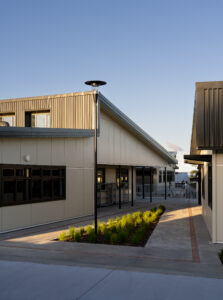
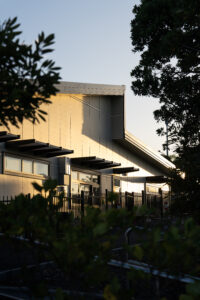
Reflecting on the learnings from the LEA conference, a recent project from the portfolio of Pacific Environments that exemplified this collaborative approach is Macleans College. This project demonstrates how the schools’ specific pedagogical requirements were translated into the built environment. They had a clear understanding of their needs and how the design would align with their educational practices.
Macleans College showcases the successful integration of technology, science, and graphics classrooms into the school campus. The master planning phase carefully considered the flow of students across the campus. With students moving between classes simultaneously, good spatial planning was essential. The final layout aimed to create large spaces between buildings for the flow of students which served as additional outdoor learning spaces by strategically linking them to the buildings.
With a roll of over 2500 students, the construction process had to be carefully staged to minimize disruption. Pacific Environments worked closely with the school, the Ministry of Education, and user groups to develop a four-stage plan. Each stage was designed to accommodate the different pedagogies of the departments involved, resulting in tailored design solutions.
The completed Technology classroom block at Macleans College has transformed the learning environment. The new building provides a safer and more environmentally considerate space for students. The design incorporates new and existing tools and machinery within a stylish and robust environment. The use of a limited color palette and durable, blonded ply surfaces adds to the contemporary, industrial aesthetic. Additionally, the building features rainwater harvesting and compliments sustainable initiatives at the school, such as the school’s efficient wood pellet boiler heating system.
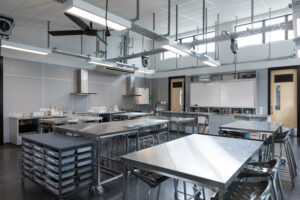
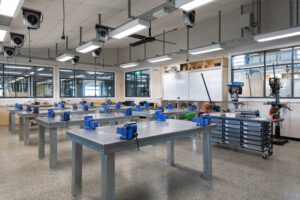
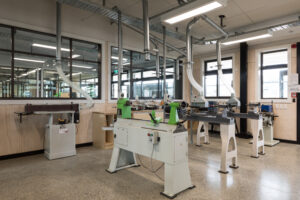
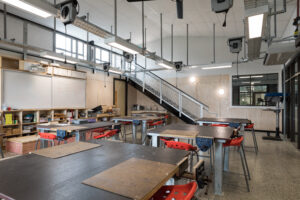
The classrooms prioritise natural ventilation and have been acoustically treated to reduce noise. A new dust extractor significantly improves air quality, creating a healthier and more comfortable learning environment for both students
Moving forward, the insights gained from the LEA conference will inform future projects. Upcoming projects could provide opportunities to explore some of the ideas discussed at the conference, particularly those related to prototyping of spaces and using the land itself as a reference point for design. The aim is to apply these concepts during the design phase to assist with the creation of learning environments that align to the schools pedagogy.





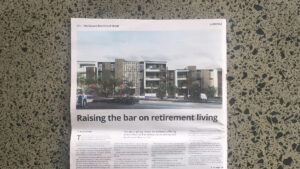






Comments are closed.